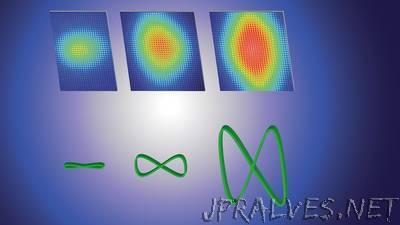
“By focusing laser light to a brightness 1 billion times greater than the surface of the sun — the brightest light ever produced on Earth — the physicists have observed changes in a vision-enabling interaction between light and matter. Those changes yielded unique X-ray pulses with the potential to generate extremely high-resolution imagery useful for medical, engineering, scientific and security purposes. The team’s findings, detailed June 26 in the journal Nature Photonics, should also help inform future experiments involving high-intensity lasers. Donald Umstadter and colleagues at the university’s Extreme Light Laboratory fired their Diocles Laser at helium-suspended electrons to measure how the laser’s photons — considered both particles and waves of light — scattered from a single electron after striking it. Under typical conditions, as when light from a bulb or the sun strikes a surface, that scattering phenomenon makes vision possible. But an electron — the negatively charged particle present in matter-forming atoms — normally scatters just one photon of light at a time. And the average electron rarely enjoys even that privilege, Umstadter said, getting struck only once every four months or so. Though previous laser-based experiments had scattered a few photons from the same electron, Umstadter’s team managed to scatter nearly 1,000 photons at a time. At the ultra-high intensities produced by the laser, both the photons and electron behaved much differently than usual.”
